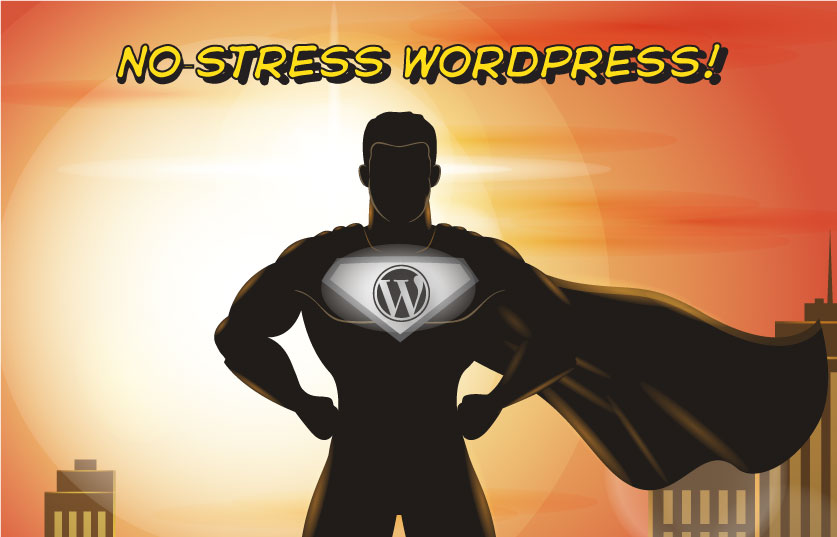
The Internet of Things or the IoT, is the latest buzzword – but what does it really mean?
The IoT is the concept of connecting our “things” to the internet (and/or to each other). And no, I am not talking about computers and smartphones – that is so 2005. Think cars, coffeemakers, toasters, thermostats even thermometers. The IoT is a network of internet-connected objects able to collect and exchange data. But what this means for us is that slowly but surely, all of our appliances and gadgets are going to be online and connected – all in the name of convenience.
Here are some quick facts to help you gauge the potential impact of the IoT:
- Nearly $6 trillion will be spent on the IoT over the next five years
- The IoT isn’t all about spending – Barcelona saves $37 million a year, thanks to smart lighting and the city’s many IoT initiatives have created 47,000 new jobs
- It is expected that there will be more than 24 billion IoT devices by 2020 – that’s approximately 4 devices per person
- Intel’s projection is even bigger – the company forecasts 200 billion connected devices by 2020
- Business will be the top adopter of the IoT, using it to reduce operating costs, increase productivity and expand product offerings
- Governments will be one of the second-largest adopters
- Technology is already in our clothes – according to Reportbuyer, there were 968,000 smart clothing units sold in 2015, a number that will reach 24.75 billion in 2021
- Business Insider forecasts that by 2020, 75 percent of new cars will come with built-in IoT connectivity
- IoT security and regulation will become key priorities
Predictions for the IoT are big and they bring with them bright and endless opportunities for connection to take place. Although it is impossible to say how it will affect us exactly, we can only imagine the potential impact on our roles as business owners, employees and as consumers digesting the byproducts of this IoT mayhem in our everyday life.
How do you think consumers will be affected by the IoT? Share your thoughts by leaving a comment below.
Want to learn more about how the Internet of Things is affecting your business? Let’s talk!






